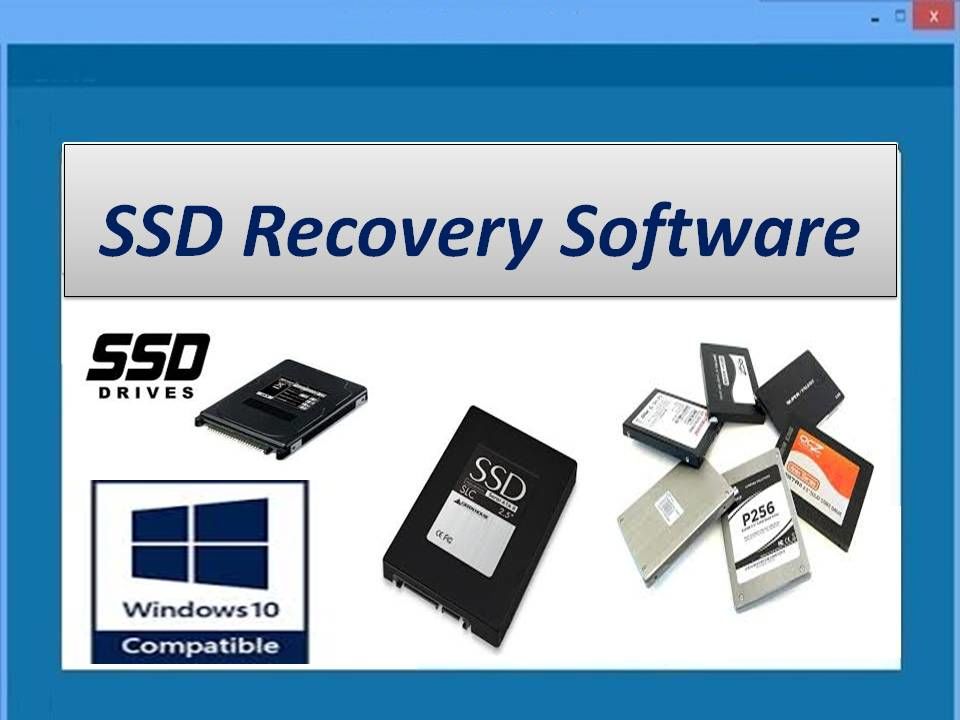

- #SSD DATA RECOVERY SERVICE SERIES#
- #SSD DATA RECOVERY SERVICE FREE#
- #SSD DATA RECOVERY SERVICE CRACK#
Malware, viruses or ransomware resulting in data inaccessibility.There are a number of reasons you may need SSD data recovery services. Why Choose Gillware for My SSD Data Recovery Service Needs?
#SSD DATA RECOVERY SERVICE FREE#
Since then, the number of models of self-encrypted drives our solid state drive data recovery technicians have been able to salvage data from has been growing.Ĭontact our data recovery client advisors to find out more about our SSD recovery capabilities and whether our engineers can help you with a free evaluation. We recovered data from our first self-encrypting SSD in 2012. However, Gillware Data Recovery is partners with data recovery experts, SSD manufacturers, and security organizations to make data recovery from self-encrypting SSDs more possible. This is an extremely high barrier to our SSD data recovery efforts. This can make data recovery from SSDs that have failed impossible. If the controller on the SSD’s circuit board dies, the encryption key is lost. The encryption keys are stored in the same controllers that manage the flow of data to and from the NAND chips. For these models of SSD, while the user may choose not to enable password-protection on their SSD, all of the data is still stored in an encrypted format by default.
#SSD DATA RECOVERY SERVICE SERIES#
Intel 320 Series SSD 8MB Bug – Data Recovery is Possible.Case Study: Liteon SSD Becomes Unallocated Space.Case Study: SanDisk A110 SSD with Firmware Issue.Case Study: Samsung SSD Form Factor Fricassee.Case Study: Kingston SSDNow V300 with Logical Damage.This makes them much easier to integrate into laptops that came with traditional spinning-platter hard drives inside them. Many SSDs are made to conform to the 2.5” form factor of laptop hard drives as well. In many modern Apple notebooks, the internal solid state drive is a long, thin, rectangular shape. SSDs have much less bulky components, and those components can be arranged in many different ways. Traditional hard disk drives are constrained by the sizes of their platters and other components. Solid state drives can come in a wide variety of shapes and sizes. If you’d like more information about what’s inside your SSD, one of our video blogs goes into greater detail here. The next time you power on the SSD, the SDRAM chip is completely blank and ready to be used again. SSDs can load programs or files into the SDRAM chip for faster performance and then dump them back into the NAND chips when the drive is properly shut down. They only store data when the drive is powered on, and flush it all out when the drive is turned off. SDRAM chips are faster than NAND chips, but they are also volatile memory chips. These chips work just like the RAM in your computer. In addition, some (but not all) SSDs have SDRAM chips. Your thumb drive, for example, is not very fast at all compared to a SSD, even though it uses the same type of NAND chip. This is one of the reasons why SSDs are so speedy and efficient compared to other flash memory devices. Data is constantly being written to and pulled from multiple chips, instead of just one at a time. The multiple NAND chips inside your SSD actually work similar to the multiple drives in a RAID array. A solid state drive has many more NAND chips, and has a SATA or PCIe connection instead of a USB plug. However, SSDs are much more complex and have many more features than your typical USB drive. The basic design principle behind solid state drives is the same. (An example of volatile memory is your computer’s RAM, which stores some data to improve efficiency and speed while you use your computer, and then returns the data to your hard drive when you turn off your computer.) NAND flash memory is “non-volatile”, meaning the information it stores stays there after the device is powered off.

Some high-capacity flash drives may have more than one NAND chip. The larger black chip is the NAND flash memory chip, where all the data on your thumb drive lives.
#SSD DATA RECOVERY SERVICE CRACK#
If you crack open the case of your thumb drive, you’ll see a green printed circuit board with two or more black chips on it. Solid state drives are a bit like oversized USB thumb drives. Are you asking yourself: ‘ what is a Solid State Drive?‘.


 0 kommentar(er)
0 kommentar(er)
